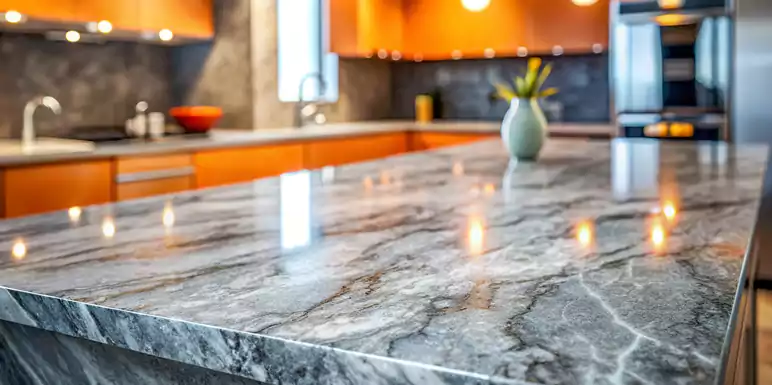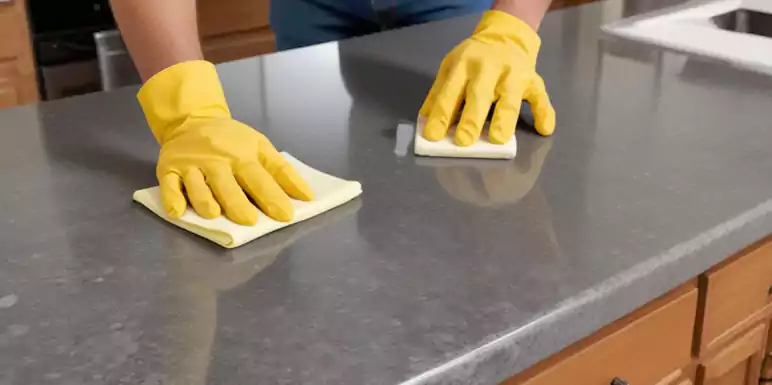
Granite countertops are a beautiful and durable choice for any kitchen or bathroom. To ensure they remain in excellent condition and continue to enhance the aesthetic of your space, it is essential to follow a routine maintenance schedule that includes periodic sealing. Here’s an in-depth guide to help you keep your granite countertops looking their best:
Why Sealing is Important:
Granite is a natural stone, which means it has tiny pores and fissures. These can absorb liquids and oils, potentially leading to stains and moisture damage over time. Sealing your granite countertops creates a protective barrier that prevents liquids from penetrating the surface, thereby reducing the risk of stains and making cleaning easier.
How Often Should You Seal:
The frequency of sealing depends on several factors, including the type of granite, the sealant used, and the amount of use the countertop experiences. As a general rule, it is recommended to seal granite countertops every 6 to 12 months. However, some high-traffic areas may require more frequent sealing. Always refer to the manufacturer’s recommendations for the specific sealing schedule suited to your countertop.
How to Determine If Resealing is Needed:
To check if your granite countertop needs resealing, perform a simple water test:
- Apply Water Test: Drop a small amount of water (about a quarter-sized drop) onto the granite surface.
- Observe the Reaction: If the water beads up and remains on the surface, your sealant is still effective. If the water is absorbed and leaves a dark spot, it’s time to reseal the countertop.

Choosing the Right Sealant:
Selecting the appropriate sealant is crucial for effective protection. There are two main types of sealants:
- Penetrating Sealers: These sealers penetrate into the stone and provide a deep level of protection. They are generally preferred for granite countertops as they do not alter the appearance of the stone.
- Topical Sealers: These create a protective layer on the surface of the stone. While they provide good protection against stains, they can sometimes alter the appearance or create a shiny finish.
Steps for Proper Application:
- Clean the Surface: Thoroughly clean the countertop with a mild soap and water solution to remove any dirt, grime, or residue. Allow the surface to dry completely before applying the sealant.
- Apply the Sealant: Follow the manufacturer’s instructions for applying the sealant. Usually, you will need to apply it evenly across the surface using a clean cloth or applicator.
- Allow to Penetrate: Let the sealant sit for the recommended amount of time, allowing it to penetrate the stone. Wipe off any excess sealant to avoid a sticky residue.
- Buff the Surface: After the sealant has dried, gently buff the countertop with a clean, dry cloth to ensure an even finish.
Ongoing Maintenance Tips:
- Regular Cleaning: Clean your granite countertops regularly with a mild, non-abrasive cleaner. Avoid acidic or harsh chemicals that can damage the sealant or the granite itself.
- Immediate Spill Management: Wipe up spills as soon as they occur to prevent staining. Even with a sealant, it’s best to address spills promptly.
- Use Cutting Boards: Always use cutting boards to avoid scratching the surface. Avoid placing hot pots and pans directly on the granite, as excessive heat can damage the sealant and the stone.

